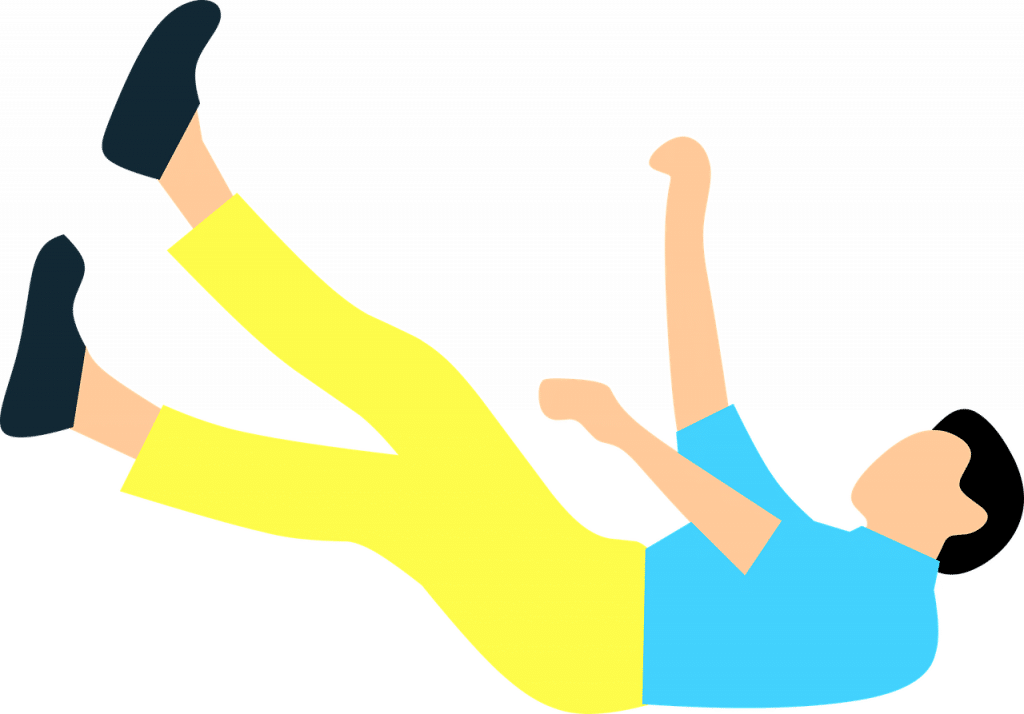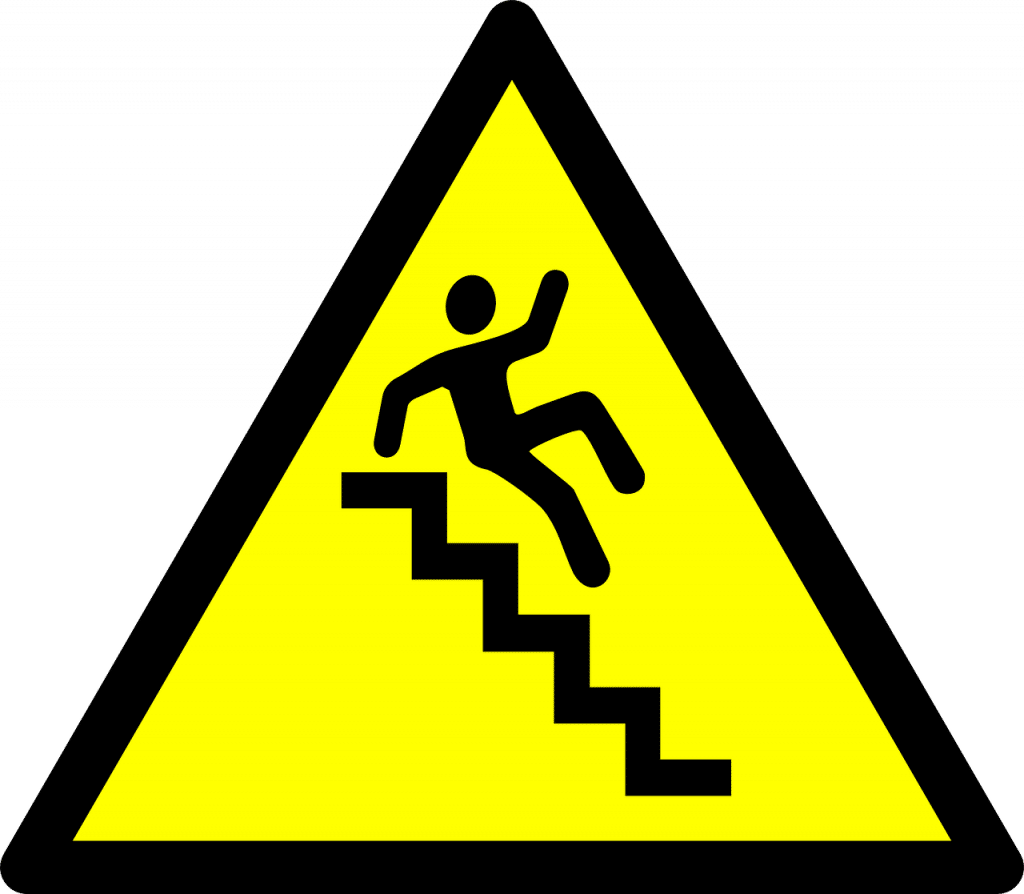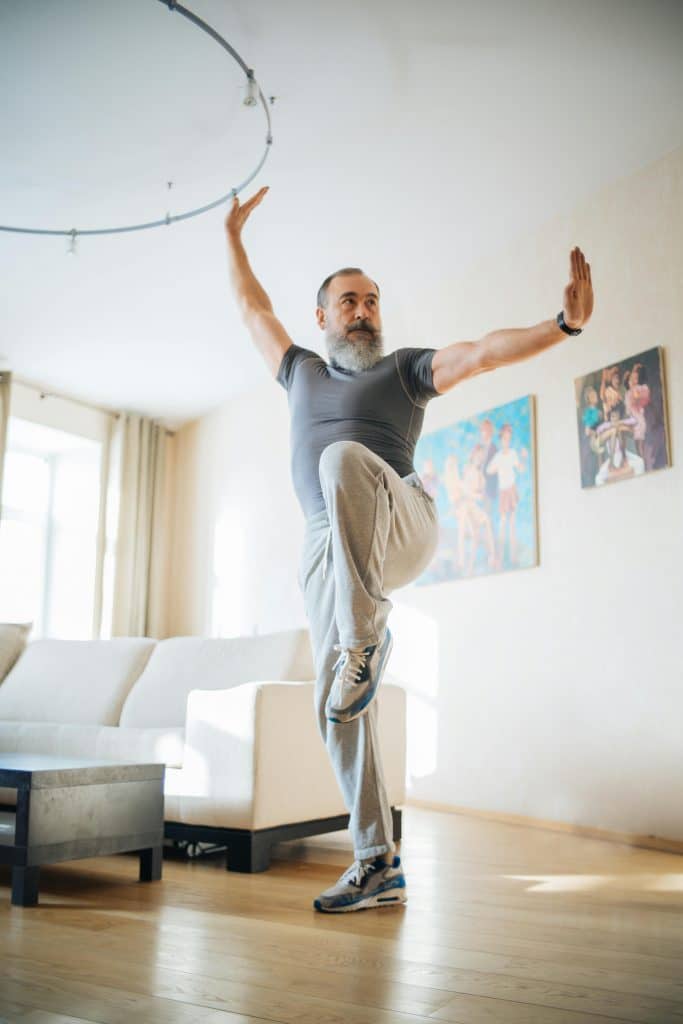Reduce Falls Risk in the Elderly: A Practical Guide
As we age, maintaining our balance and mobility becomes more challenging. One of the biggest concerns for older adults, particularly those living in rural areas like Norfolk or Suffolk, is the risk of falling. Falls can cause serious injuries and can lead to a loss of independence, but the good news is that many falls can be prevented with some simple changes at home and by following a regular exercise routine.
In this article, I’ll walk you through ways to reduce the risk of falls for yourself or your loved ones, offering practical tips that are easy to implement in everyday life. However, remember that this is just a general guide. Each individual’s needs vary, and it’s always best to consult a physiotherapist for personalised advice and treatment.
Why Are the Elderly at Greater Risk for Falls?
As we age, our bodies naturally weaken. We lose muscle mass, our joints become stiffer, and our sense of balance declines. This combination makes it harder to stay steady on our feet, increasing the risk of a fall.
Common Causes of Falls
Many factors can contribute to falls in older adults, including:
- Muscle Weakness: Weak legs and core muscles make it harder to stay balanced.
- Poor Balance: As balance declines, it’s easy to feel unsteady, especially when getting up from a chair or climbing stairs.
- Vision and Hearing Issues: Failing eyesight or hearing can make it harder to notice obstacles.
- Medications: Some medications can cause dizziness or drowsiness, both of which can lead to falls.
I recall working with an elderly lady in a rural home in Suffolk who had been struggling with balance for years. After adjusting her home environment and introducing some targeted strengthening exercises, she felt more confident walking around the house. It’s the small adjustments that often make the biggest impact.
Making the Home Safer
A major part of reducing the risk of falls is ensuring the home is a safe space. Thankfully, there are simple steps you can take to make sure your home is as fall-proof as possible.
Reducing Hazards
- Remove Tripping Hazards: Things like loose rugs, electrical cords, and clutter on the floor can easily trip someone up. Clear these obstacles wherever possible.
- Install Grab Bars: Installing grab bars in the bathroom or along staircases can provide much-needed stability when getting up or down.
- Improve Lighting: Poor lighting is a big contributor to falls, especially at night. Make sure all rooms, hallways, and stairways are well lit, with switches easily accessible.
Adjusting Daily Habits
Small changes in daily habits can also make a big difference:
- Wear Sturdy Footwear: Slippers may be comfortable, but they often don’t provide the support needed for good balance. Opt for shoes with non-slip soles.
- Take Your Time: When getting up from a chair or bed, don’t rush. Stand still for a few seconds to make sure you’re steady before walking off.
How Physiotherapy Can Help Prevent Falls
Physiotherapy plays a vital role in reducing falls risk by targeting muscle strength, balance, and flexibility—all of which are crucial for staying on your feet. Whether it’s Norfolk at home physiotherapy or Suffolk care home physiotherapy, the exercises can be tailored to suit your environment and specific needs.
Strength and Balance Exercises
One of the most effective ways to reduce falls risk is by regularly practising strength and balance exercises. Even a simple routine can make a big difference.
- Strengthening Exercises: Leg lifts, sit-to-stand movements, and wall push-ups are all excellent ways to build the muscles that support stability.
- Balance Exercises: Practising standing on one leg (while holding onto a chair for support) or heel-to-toe walking can help improve balance over time.
I’ve seen many elderly clients regain confidence and mobility after committing to a regular exercise programme. One gentleman from Norfolk, who had been wary of using stairs in his own home, found that after a few months of simple home physiotherapy exercises, he could move more freely without fear of falling.
Flexibility and Mobility
Keeping your body flexible is also important for reducing stiffness in joints and improving overall mobility. Gentle stretching exercises, such as calf stretches and shoulder rolls, can keep muscles limber and make movements easier.
Other Factors to Consider
Beyond exercise and home adjustments, there are other factors to consider when reducing falls risk.
Regular Vision and Hearing Checks
It might seem unrelated, but poor vision or hearing can significantly increase the risk of falling. Regular check-ups with an optician or audiologist will ensure that glasses, hearing aids, or any necessary treatments are up to date.
Stay Hydrated and Eat Well
It’s easy to overlook, but dehydration or poor nutrition can lead to dizziness and low energy, both of which increase the risk of falls. Make sure you’re drinking enough water and eating a balanced diet.
When to Seek Professional Help
If you or a loved one is feeling increasingly unsteady or has already experienced a fall, it’s time to seek professional help. Physiotherapists can provide a tailored exercise plan and home assessment to ensure everything is in place for fall prevention.
For those living in rural areas, private home physiotherapy or in home physiotherapy options can be a great solution. Many physiotherapists now offer home visits, allowing individuals to receive treatment without needing to travel long distances. This is particularly useful in areas like Norfolk or Suffolk, where services may not always be readily available.
Final Thoughts
Falls don’t have to be an inevitable part of ageing. With some simple adjustments to your home and a commitment to regular, gentle exercise, you can significantly reduce your risk of falling and maintain your independence for longer.
If you or a loved one would benefit from a personalised falls prevention plan, don’t hesitate to reach out. Contact us today to learn more about how home physiotherapy can help improve your strength, balance, and mobility.
Disclaimer: This article is intended as a general guide for falls prevention. For personalised assessment and treatment, please consult a qualified physiotherapist.



